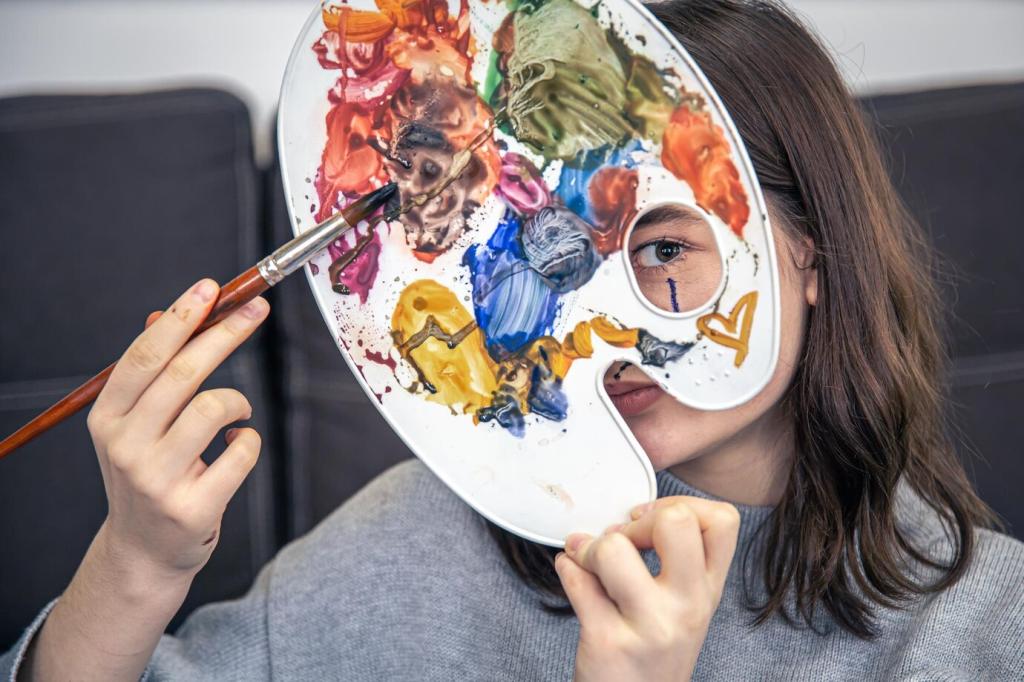Community Lens Lab: Share, Learn, Evolve
Join our “35mm story week” and shoot a three-scene sequence that moves from context to detail. Post your frames, describe your decisions, and link behind-the-scenes notes. Use our community tag so we can feature your work and discuss nuance together in the next post.
Community Lens Lab: Share, Learn, Evolve
Tell us about the lens that upended your style—the pawnshop gem, the borrowed macro, the rental anamorphic that felt like fate. What surprised you most, and what stayed? Your story might inspire someone’s next step. Drop a comment, or send a short voice memo we can transcribe.










